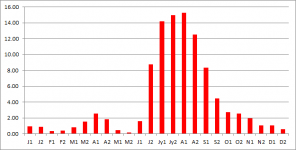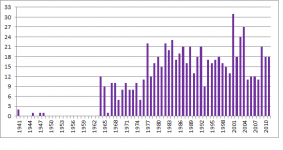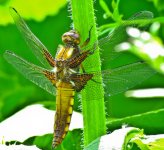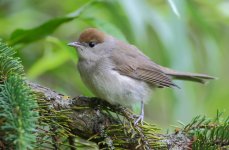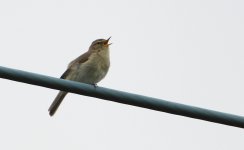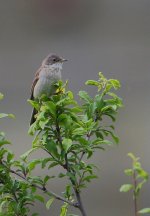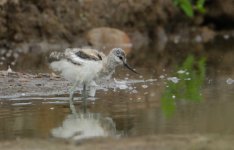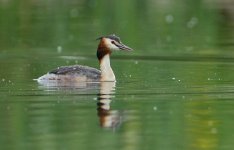The more eagle-eyed amongst you who have bought the latest annual report will have noted the ommission of Green Sandpiper from the species list. It was included in the draft version so must have been accidentally deleted as I moved the text to a printable format (well, what do you expect for £2.50? :eek!:

). I will include it as an addendum to the 2012 report but in the meantime for the completeness of the data is as follows:
Green Sandpiper Tringa ochropus
The only record of the first winter period was one at the Flashes on the 9th January. Spring passage peaked on the 1st and 3rd April when three were at the Flashes. Return passage started early with birds present at the Flashes from the 5th June, peaking at 18 across the reserve on the 30th July.
Half-monthly maxima
J F M A M J J A S O N D
1 0 0 3 1 5 17 16 13 2 4 1 - 1st half
0 0 2 2 0 10 18 10 3 2 3 0 - 2nd half






